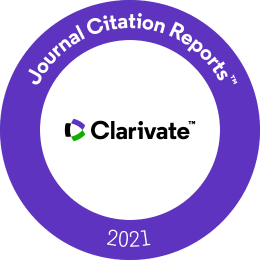Title
Cyber security management model for critical infrastructure
Abstract
Cyber security is the most critical aspect nowadays of our technologically based lives. Government institutions, banking sectors, public and private services, nuclear power plants, power grid operators, water suppliers or waste water treatment companies use information technologies in their day-to-day operations. Everything that uses technologies are based on communication and information systems and that means that it depends on cyber security. The public and private sector each year spend millions of dollars on technologies, security software and hardware devices that will increase the cyber security inside their companies, but they are still vulnerable. The main problem of this situation is that cyber security is still usually treated as a technical aspect or technology which can be easily implemented inside the organization and this implementation will guarantee cyber security. This attitude must change, because cyber security nowadays is something more than just the technology. This article presents the taxonomy of the critical infrastructure attacks, analyzes attack vectors and attack methods used to damage critical infrastructure as well as the most common cyber security mistakes which organizations make in the cyber security field when trying to make themselves safer from vulnerabilities. The main aim of this article is to provide theoretical aspects of the cyber security management model which can be used to ensure security of critical infrastructure in an organization or company. The cyber security management model that is presented in this article is analyzed from management perspectives and is not concerned with technological aspects and products that are used to protect critical infrastructure from cyber security attacks and vulnerabilities.
Keywords
cyber security, management, critical infrastructure, cyber attacks
JEL classifications
D80 , M15 , O33
URI
http://jssidoi.org/jesi/article/125
DOI
Pages
559-573
This is an open access issue and all published articles are licensed under a
Creative Commons Attribution 4.0 International License














 RSS 1.0
RSS 1.0
